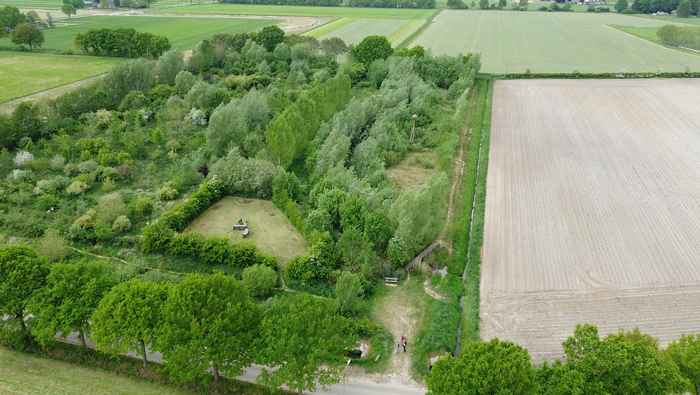Food Forestry: Experiencing the Future of Nature and Agriculture
Food systems are in crisis globally. Modern, industrialized agriculture – accelerating after WWII – has been successful in delivering higher outputs, but simultaneously has resulted in a system that is exhausting soil fertility and is highly dependent on finite resources.

Food forestry is argued to be a radical alternative. By mimicking and relying on ecological processes, food forests aim to discard the modernist dichotomy of nature and agriculture and offer a truly circular and sustainable mode of food production.
Using food forestry as a case study, the course takes an interdisciplinary approach in analysing this apparent agricultural paradigm shift. We will zoom in on several novel insights from a range of academic disciplines, which together may challenge the way we understand both nature and agriculture.
During the first two weeks, we will familiarise ourselves with the concept and practice of food forestry, and visit two food forests in the Netherlands. During the second phase, a series of guest lectures will provide us with novel insights that open up new perspectives on agriculture, and more generally on the relationship between humans and nature. Simultaneously, you will turn knowledge into practice: in a hands-on group project you will design a food forest on the Science Park campus.
Coordinator
J. Willems MSc
Timetable
You can find the timetable on Datanose.
Entry requirements
Open to second-year and third-year UvA Bachelor's students and other interested parties, such as contract students or students from other Dutch higher education institutions. Master's students can only participate if there are still spots available.
Registration
UvA Bachelor's students can register from 1 to 8 December 2025 in the GLASS registration rounds. Master’s students can send a short motivation to keuzeonderwijs-iis@uva.nl.
‘Bijvak’ students and contract students can register from 1 December 2025 until two weeks prior to the start of the course, by completing the online registration form.
If you have any trouble while registering, please contact us at keuzeonderwijs-iis@uva.nl.
Costs
Prices can be found on the IIS website.
SDGs in education
The IIS strives to reflect current societal issues and challenges in our elective courses, honours modules and degree programmes and attempts to integrate the following Sustainable Development Goals (SDGs) in this course. For more information about these goals, please visit the SDGs website.

- Mode
- Open UvA Course
- Credits
- 6 ECTS,
- Language of instruction
- English
- Conditions for admission
- Open
- Starts in
- March